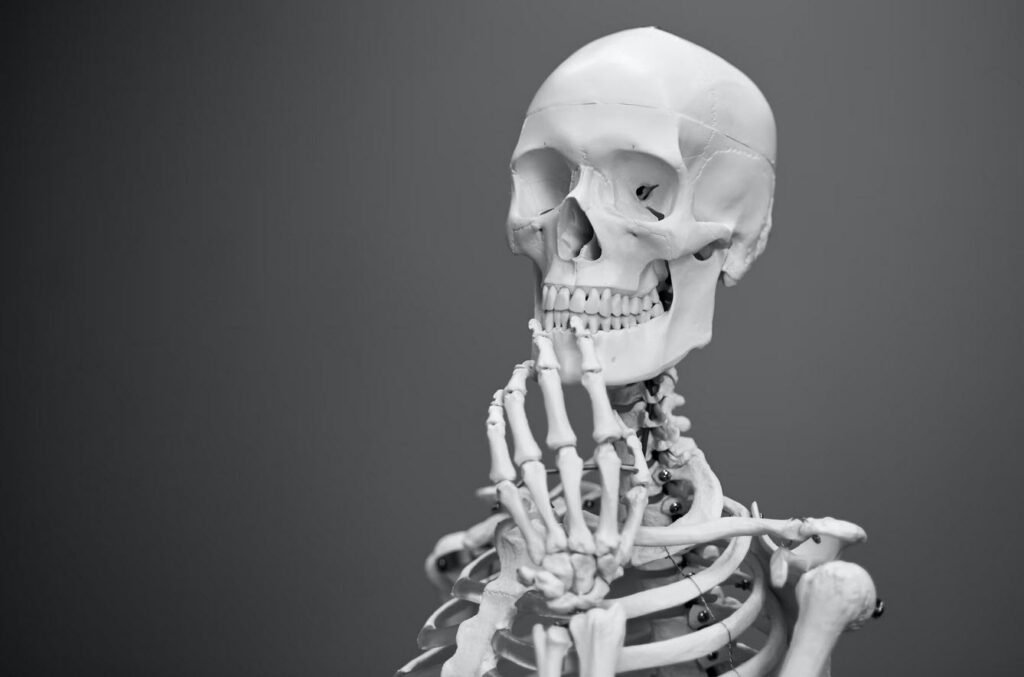
The spinal cord is a remarkable structure in the human body, responsible for transmitting vital information between the brain and the rest of the body. While many of us may be familiar with its general function, there are numerous intriguing facts about the spinal cord that are often overlooked.
In this article, we’ll delve into ten surprising facts about this essential part of the nervous system.
- It’s the Nervous System’s HQ
- It Controls Voluntary and Involuntary Movements
- It’s a Conductor
- An Injury Can Disrupt These Signals
- It Can’t Repair Itself
- It Ends in a Horse’s Tail
- It’s Highly Protected
- It’s Divided into 31 Segments
- It Grows Until You’re Five Years Old
- It Can Function Independently from the Brain
1. It’s the Nervous System’s HQ
Think of your spinal cord as the headquarters of your body’s vast network of nerves. It houses the peripheral nervous system and 43 pairs of nerves, both sensory and motor. This intricate system serves as the crucial link between your brain and the various parts of your body.
2. It Controls Voluntary and Involuntary Movements
The spinal cord plays a dual role in your body’s movements. It’s responsible for voluntary actions, such as raising your hand to make a fist, and also controls involuntary movements, like breathing.
3. It’s a Conductor
When you decide to stand up and walk, your spinal cord is the conductor of this symphony of motion. It carries signals to your leg muscles, instructing them to extend, stand, and initiate the walking process.
4. An Injury Can Disrupt These Signals
A spinal cord injury can be life-altering because it can disrupt the transmission of signals between nerve cells and different parts of the body, potentially causing paralysis or loss of sensation.
5. It Can’t Repair Itself
Unlike some other parts of the body, the spinal cord lacks the regenerative capacity to repair itself. This makes spinal cord injuries particularly challenging to treat and manage.
6. It Ends in a Horse’s Tail
The lower end of the spinal cord is aptly named the cauda equina due to its resemblance to a horse’s tail. It’s located in the upper lumbar region and contains nerve cells that send signals to your lower limbs and pelvic region.
7. It’s Highly Protected
Your spinal cord is well-guarded by a vertebral column, which provides crucial protection. Encased within the vertebral column is the spinal canal, a cavity that serves as the snug housing for the spinal cord.
8. It’s Divided into 31 Segments
The spinal cord is not a uniform structure; it is divided into 31 segments, each with distinct functions. These segments include the cervical, lumbar, thoracic, and sacral regions, each serving different parts of the body.
9. It Grows Until You’re Five Years Old
The development of the spinal cord is closely intertwined with your growth as an individual. It usually continues to develop until around the age of five, at which point your body continues to grow around it.
10. It Can Function Independently from the Brain
While the spinal cord receives signals from the brain, it is not entirely dependent on the brain for all its functions. In certain cases, it can send signals to muscles independently, such as in reflex actions like the knee-jerk reflex.
In conclusion, the spinal cord is a complex and indispensable part of the human body, facilitating communication between the brain and the rest of the body. These ten surprising facts shed light on its multifaceted role and the intricacies of its functions. Understanding the spinal cord’s importance and its unique features can deepen our appreciation for this essential component of our nervous system.
You may also like:- Can You Take Calcium and Vitamin D Supplements Together? Read Here
- Taking Control Of Your Hormonal Health: What To Expect From An HRT Clinic
- Strategies for Making Physical Activities Accessible for Children with Special Needs
- ICMR’s Advisory on Tea and Coffee Consumption
- 10 Healthy Tips for World Health Day 2024
- Headache Danger Signals – A Comprehensive Guide
- Commonly Used Drug Dosages for Pain
- Key Responsibilities and Duties of a Doctor
- Personalized Support For Every Family: The Specialized Training Of Lactation Consultants
- Why Does A Person Sleepwalk At Night?








